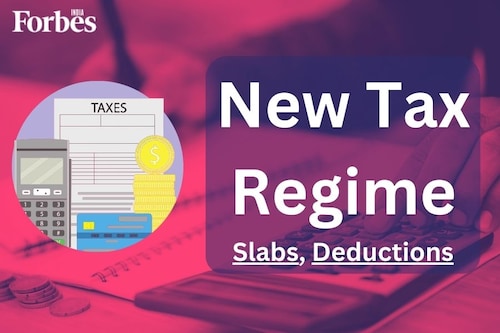Income tax slabs in India 2024-25: Old vs new tax regime, deductions and more
With the new tax regime slabs, certain changes have come about for the income tax slabs of India. Let's take a look at the new changes!


As a tax-paying citizen in India, you might be already aware of the revision to income tax slabs in India every year. With the new tax regime slabs, certain changes have come about. For instance, right now, there are two different income tab slabs in India that you can avail of. The old tax regime versus the new tax regime debate is currently abounding, and so, in addition to covering the technicalities of the new tax regime slabs, we would be comparing the two to make the differences clear to you. In the 2023 Union Budget, the default tax regime was changed. If not specified, the new tax regime will apply for TDS and income tax calculations. The old regime remains an option for taxpayers. In Union Budget 2024, Finance Minister Nirmala Sitharaman proposed new changes to the new tax regime. We"ll learn about them later in the blog.
Be it the old tax regime slabs or the new ones, the income tax slabs of India embody a mechanism through which individual taxpayers in India pay their income tax, based on the slab they fall under. It is designed to ensure that those with higher incomes pay a greater amount of tax, while those with lower incomes pay relatively less tax. This ensures a fair distribution of the tax burden in the country.
Also Read: Cost inflation index (CII) for FY 2024-25 to calculate capital gains
The income tax slabs in India have been in place for a while now, and they tend to change at every budget announcement. The reason for this is to keep up with the changing economic landscape and to ensure that the tax system remains relevant and effective. It"s worth noting that the slabs vary based on an individual"s income, and therefore, different taxpayers may fall under different tax slabs. This system has proven to be an efficient way of collecting taxes and has contributed significantly to the country"s economic growth. Taxpayers can now choose to pay income tax at lower rates under the new tax regime slabs on the condition that they withdraw from being considered for specific exemptions and deductions available under the old tax regime slabs.
According to Budget 2024-25, the new tax regime slabs this year would be:
First Published: Jun 25, 2024, 13:36
Subscribe Now